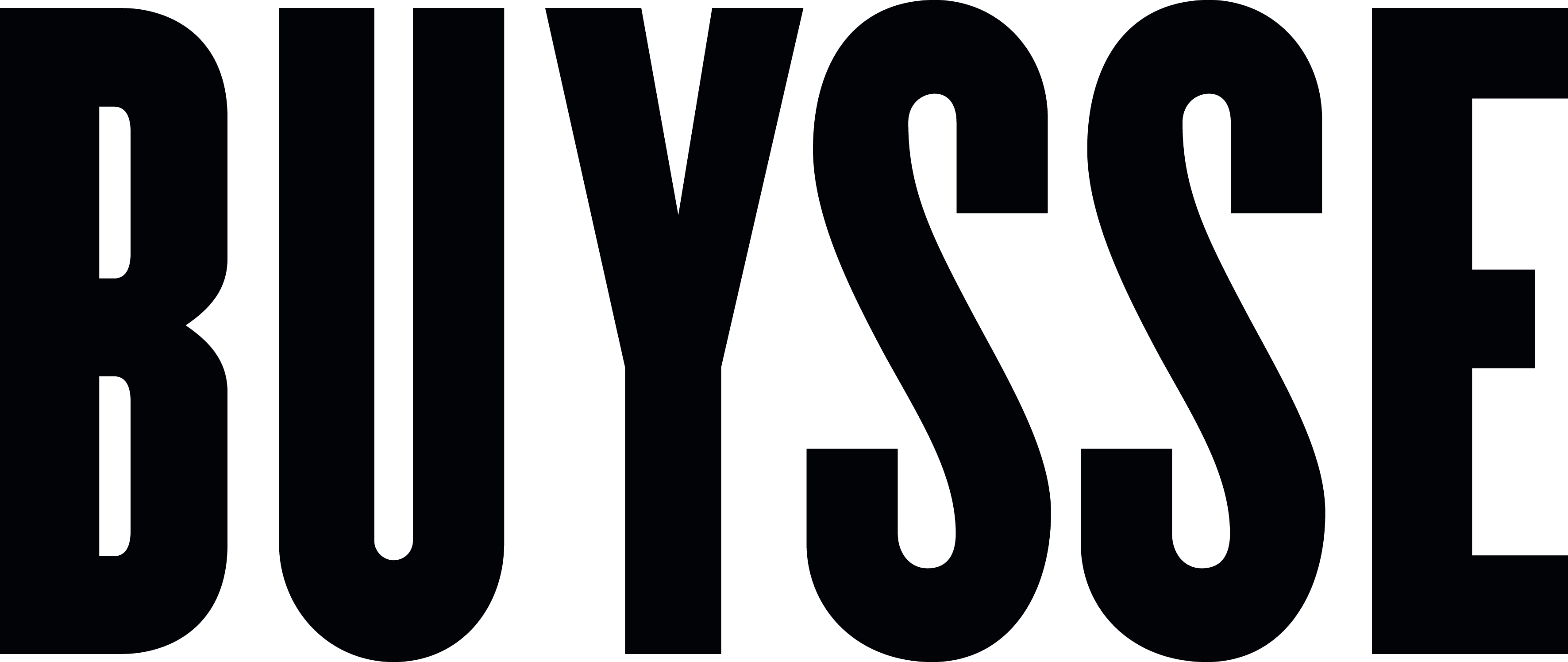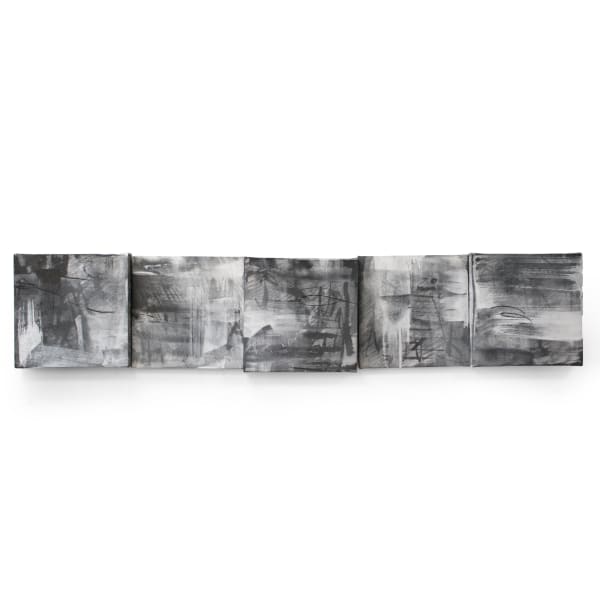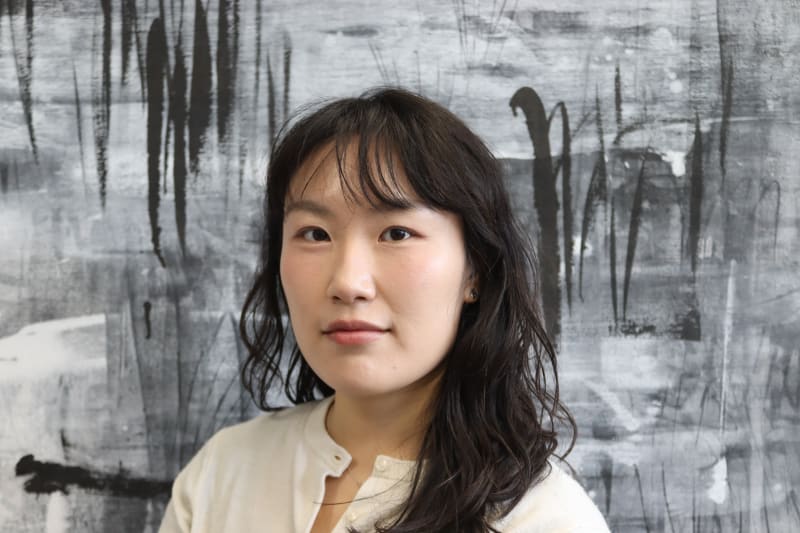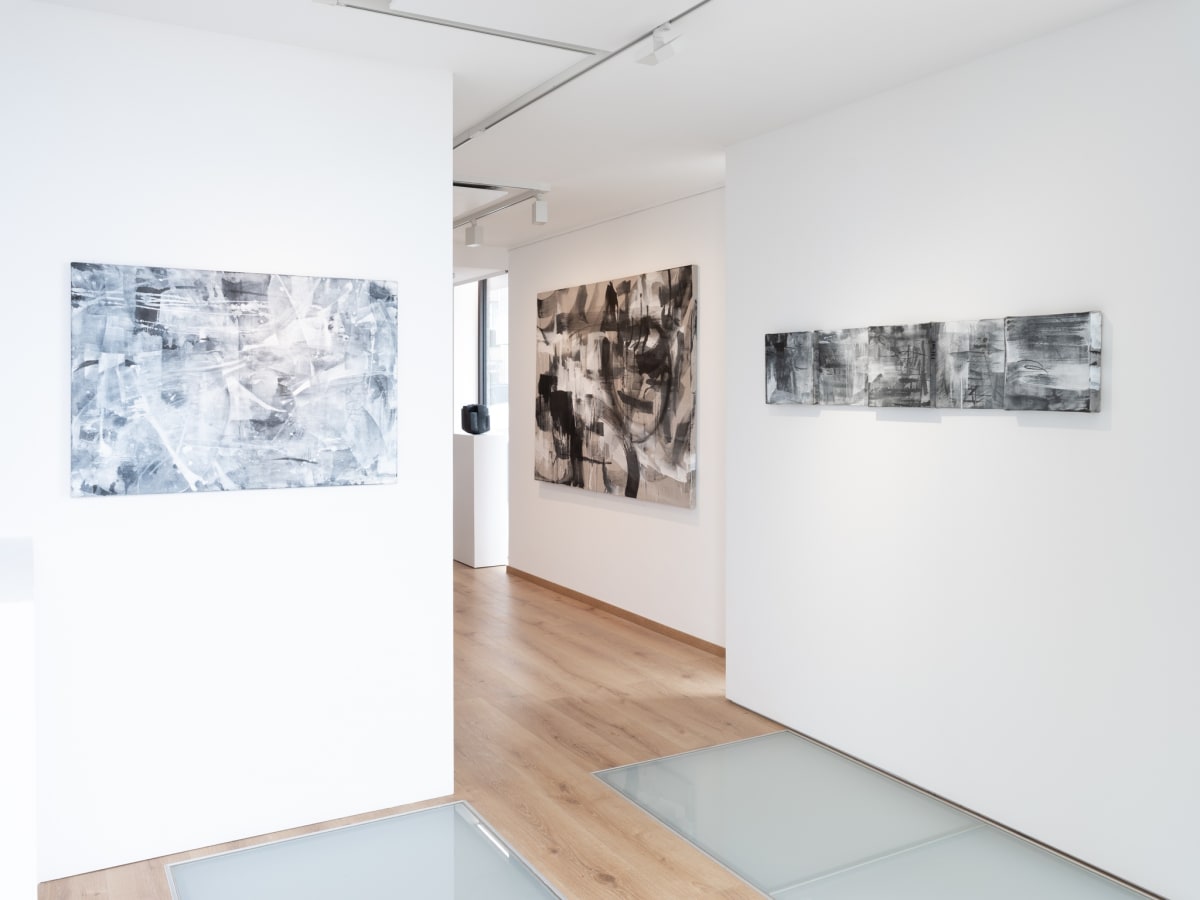Yeonju Son Korean, b. 1996
Tracing the impermanence of presence through gestural abstraction, Yeonju Son composes visual spaces where memory, body, and time dissolve into fluid cycles of becoming.
Yeonju Son (b.1996, KR) is an emerging Korean artist based between London and Seoul, whose multidisciplinary practice expands across painting, drawing, sculpture, and installation. Her work engages deeply with questions of time, transience, and relational identity, articulating a highly personal yet universal vocabulary of impermanence. Through repetitive and intuitive gestures-scratching, rubbing, layering, and removing-Son records a material trace of moments and encounters, treating the surface as both site and subject.
Educated in both Korean and Western art traditions, Son holds a BFA in Korean Painting from Ewha Womans University and an MA in Painting from the Royal College of Art, London. Her visual language is informed by Buddhist concepts of nothingness, the philosophy of Emmanuel Levinas and Jacques Derrida, and the existential writings of Jean-Paul Sartre and Hannah Arendt. This intellectual grounding is mirrored in her restrained material choices and her deliberate refusal of visual resolution, allowing space for ambiguity and affect.
The Journey series-an ongoing body of work-marks a pivotal terrain in her practice. Initiated in 2018 and evolving through profound personal experiences of loss and displacement, the series functions as both emotional cartography and phenomenological inquiry. These works emphasize process over image, proposing abstraction as a meditative, ontological activity.
Her recent institutional and gallery-based presentations include EUROSTARZ at Tick Tack (Antwerp), The Bomb Factory Artists Christmas Exhibition (London), Mua 無我 at Mandy Zhang Art (London), and Resonant Silence-a two-person exhibition with French ceramic artist Brigitte Marionneau curated by Louis Buysse at Buysse Gallery, Knokke. Her works have also been published and recognized through academic initiatives such as 3 Decades (Ewha Womans University) and the award project Pay Attention to These Works (2020).
Son's influences span across artistic lineages and disciplines. They include Cy Twombly's lyrical abstraction, Lee Ufan's spatial philosophy, and the conceptual trajectories of artists such as Gerhard Richter and Michael Dean. She was also notably mentored by the late Suki Seokyeong Kang, whose practice in performance and installation bridged Eastern landscape aesthetics with memory, gesture, and bodily freedom-resonances that are evident in Son's own structural sensibility.
Her approach remains deliberately non-linear and resistant to categorization, offering instead an evolving inquiry into what it means to exist, remember, and relate through matter and mark.
Group Exhibitions
- 2025 - Resonant Silence, Buysse Gallery, Knokke, BE
- 2024 - EUROSTARZ, Tick Tack, Antwerp, BE
- 2023 - RCA MA Painting Degree Show, Royal College of Art, London, UK
- 2023 - The Bomb Factory Artist Christmas Show, The Bomb Factory, Marylebone, London, UK
- 2022 - Mua 無我, Mandy Zhang Art, London, UK
- 2021 - Augenblick, Leesang Art Space, Seoul, KR
Education
- 2025 - City, University of London (Short Course), Curating and Exhibition Management
- 2023 - M.A., Royal College of Art, Painting, London, UK
- 2021 - B.F.A., Ewha Womans University, Korean Painting, Seoul, KR
- Awards & Grants
- 2020 - Pay Attention to These Works, Ewha Womans University, Seoul, KR
Publications
- 2022 - 3 Decades, Ewha Womans University Korean Painting Department, Seoul, KR





